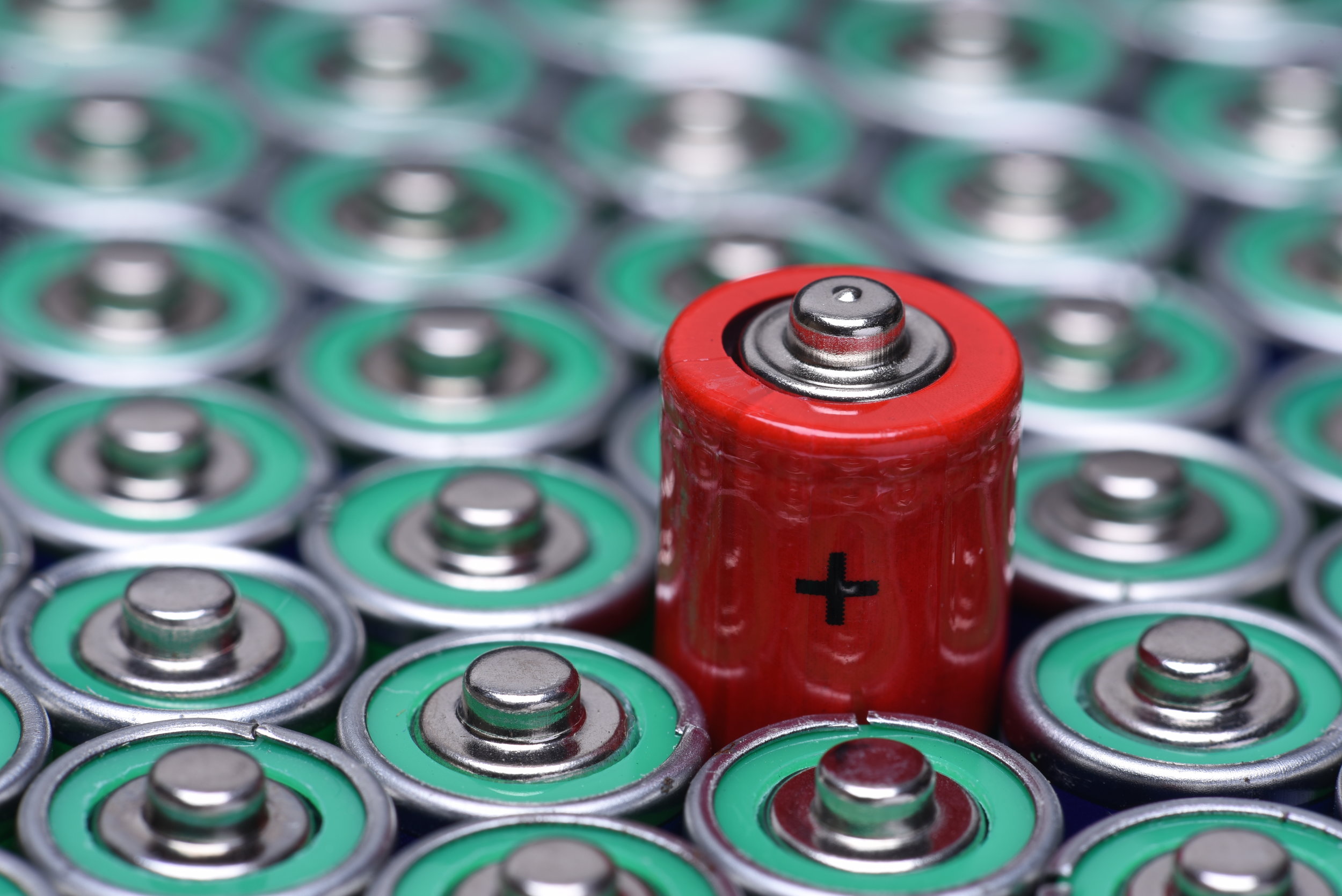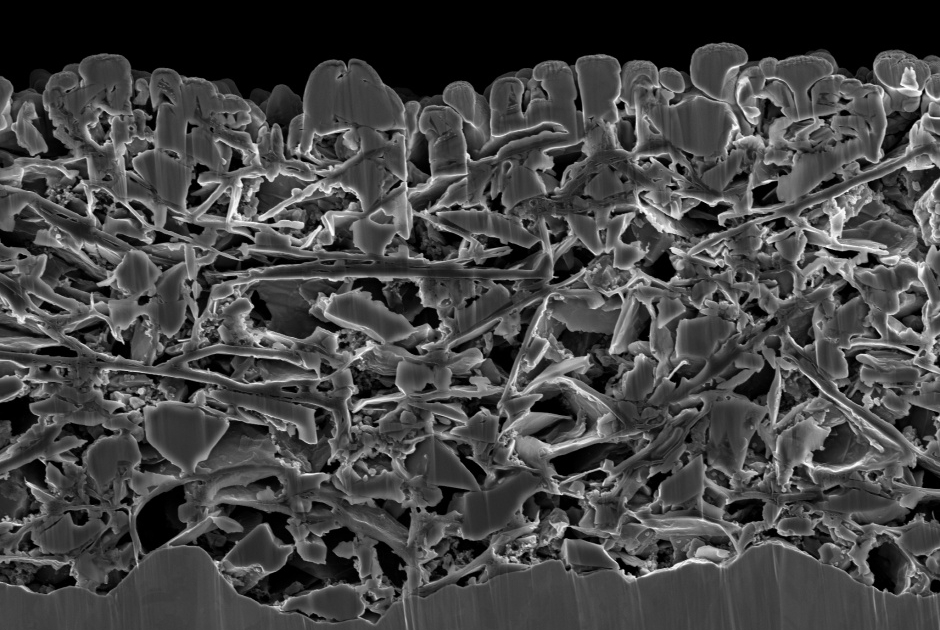Using nanosheets for more durable and longer lasting batteries

Researchers in Singapore have invented a way to produce more durable and longer lasting lithium-ion batteries.
Lithium-ion batteries are used to power many things from mobile phones, laptops, tablets to electric cars. But they have some drawbacks, including limited energy storage capacity, low durability and long charging time.
Now, researchers at the Institute of Bioengineering and Nanotechnology (IBN) at Singapore's Agency for Science, Technology and Research (A*STAR) have developed a way of producing more durable and longer lasting lithium-ion batteries. This finding was reported in Advanced Materials.
Led by IBN Executive Director Professor Jackie Y. Ying, the researchers invented a generalized method of producing anode materials for lithium-ion batteries. The anodes are made from metal oxide nanosheets, which are ultrathin, two-dimensional materials with excellent electrochemical and mechanical properties.
These nanosheets are 50,000 times thinner than a sheet of paper, allowing faster charging of power compared to current battery technology. The wide surface area of the nanosheets makes better contact with the electrolyte, thus increasing the storage capacity. The material used is also highly durable and does not break easily, which improves the battery shelf life. Existing methods of making metal oxide nanosheets are time-consuming and difficult to scale up.
The IBN researchers came up with a simpler and faster way to synthesize metal oxide nanosheets using graphene oxide. Graphene oxide is a 2D carbon material with chemical reactivity that facilities the growth of metal oxides on its surface.
Graphene oxide was used as the template to grow metal oxides into nanosheet structures via a simple mixing process, followed by heat treatment. The researchers were able to synthesize a wide variety of metal oxides as nanosheets, with control over the composition and properties.
The new technique produces the nanosheets in one day, compared to one week for previously reported methods. It does not require the use of a pressure chamber and involves only two steps in the synthesis process, making the nanosheets easy to manufacture on a large scale.
Tests showed that the nanosheets produced using this generalized approach have excellent lithium-ion battery anode performance, with some materials lasting three times longer than graphite anodes used in current batteries.
“Our nanosheets have shown great promise for use as lithium-ion anodes. This new method could be the next step toward the development of metal oxide nanosheets for high performance lithium-ion batteries. It can also be used to advance other applications in energy storage, catalysis and sensors,” said Ying.
The article can be found at: AbdelHamid et al. (2017) Generalized Synthesis of Metal Oxide Nanosheets and Their Application as Li-Ion Battery Anodes.
———
Source: A*STAR.





